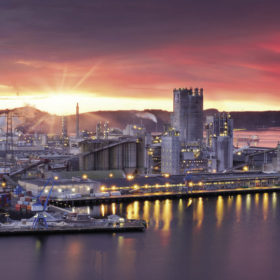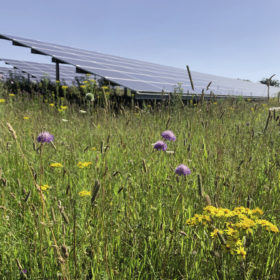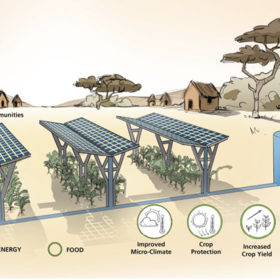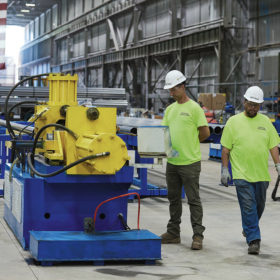Longi goes its own way
It is increasingly clear that the dominance of PERC solar is waning. For better performance and higher efficiency, Chinese manufacturers are turning to TOPCon, HJT and IBC products as next-generation solar cells vie for mainstream dominance. Vincent Shaw reports from Shanghai.
The actual, real demand for green hydrogen
Green hydrogen is being proposed for an ever-wider variety of uses. While some of these are still a way off, others make little sense. But there are sectors where demand for green hydrogen is a reality today, writes Christian Roselund.
The changing geopolitics of green hydrogen
With 90% of world economies committed to net zero targets, the disruptive nature of the energy transition is becoming clear. Climate targets require us to triple renewable energy capacity by 2030, phase out coal by 2040, end fossil fuel subsidies, and ensure support for a just transition. While hydrogen is sure to be a key technology in this energy transition, the exact role it will play is not yet clear, reports Felicia Jackson.
Solar manufacturing’s new horizons
With supply chain and sustainability concerns an increasing feature in the solar industry, and demand for new PV installations around the world only increasing, multiple regions are looking to establish their own manufacturing base. Alongside this, cell and module makers are gearing up for a switch to n-type technologies: all of which mean fast moving developments for Europe’s PV equipment suppliers. pv magazine caught up with Thomas Kießling, senior product expert at 3D-Micromac for a look at market and technology prospects for the company’s laser cell cutting equipment in 2022.
Don’t call it a comeback
While Europe was previously a leader in the manufacturing of solar cells and modules, the plans falling into place this year already represent a scale never before seen on the continent. And they’ll need that scale if Europe is to meet expected demand for new solar over the coming decades, without relying heavily on imported products and components. Many of the technologies at the center of these plans are brand new as well; pv magazine looks at a few of the innovators planning to scale up alongside more mainstream players, and how these fit into plans for a fully fledged European PV supply chain.
The dawn of deep green solar
The importance of biodiversity on solar farms is coming into sharper focus, due to the intersecting forces of sustainable finance and the UK Environment Act. These positive influences will likely change the way the industry and the public view solar farms, as they evolve into biodiversity hotspots that lead the recovery of nature. Everoze Partner Ellie van der Heijden discusses how boosting biodiversity can be an opportunity for solar developers and investors to increase their positive impact.
Structural matters
While it comes with clear performance advantages, the move to larger module formats has created plenty of confusion since it began in 2019. As the dust settles and standards emerge, pv magazine caught up with Hongbin Fang, director of product marketing at Longi Solar, to discuss the latest on wafer and cell dimensions.
Tripling land use in West Africa
An international team is investigating agriPV applications to help rural parts of West Africa increase productivity by tripling land use. Countries can take dual land-use ideas a step further in Mali and The Gambia, for example, by growing food, producing solar power, and harvesting rainwater with solar modules and their installed structures, according to Fraunhofer ISE’s Jessica Berneiser and Brendon Bingwa.
Final thought: The best fit for solar
Kinga Timaru-Kast, Director Public Affairs and Communications, Recharge
Great to be made in America
There are both challenges and benefits to boosting solar manufacturing in America. The Inflation Reduction Act of 2022 includes a host of measures to support the production of US renewable energy technologies and could foster a new era for made-in-America solar. pv magazine USA Senior Editor Anne Fischer explores the current status and outlook of US solar manufacturing.










